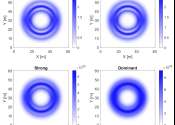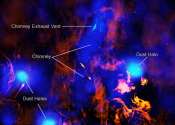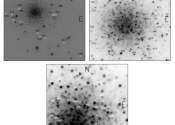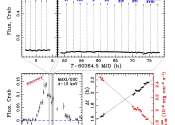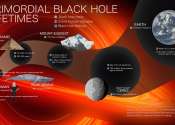Model suggests subluminal warp drives may be possible
A team of physicists from the University of Alabama in Huntsville and the Advanced Propulsion Laboratory at Applied Physics, in New York, has developed a model that shows it might be possible to create a subluminal warp drive.
